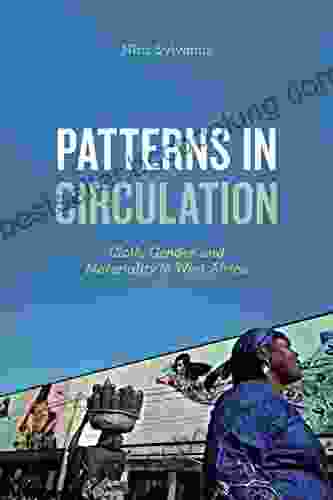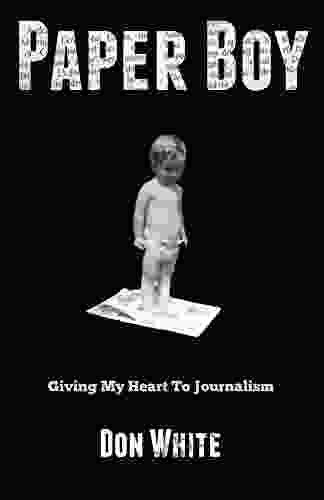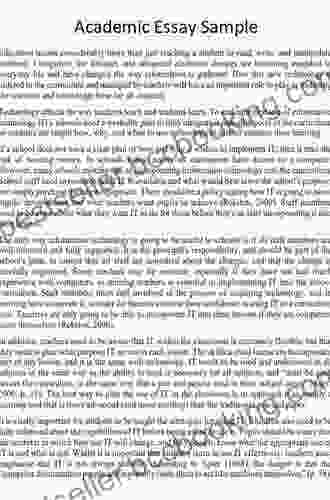Unveiling the Tapestry of Cloth, Gender, and Materiality in West Africa

5 out of 5
| Language | : | English |
| File size | : | 14739 KB |
| Text-to-Speech | : | Enabled |
| Screen Reader | : | Supported |
| Enhanced typesetting | : | Enabled |
| Word Wise | : | Enabled |
| Print length | : | 224 pages |
| Lending | : | Enabled |
In the vibrant and multifaceted societies of West Africa, cloth transcends its utilitarian purpose, becoming an integral thread woven into the fabric of cultural identity, gender roles, and artistic expression. This article delves into the captivating relationship between cloth, gender, and materiality in this dynamic region, exploring its profound impact on social practices, personal adornment, and creative endeavors.
Through meticulous research and captivating examples, we will unravel the symbolic meanings embedded in textiles, the ways in which they shape gendered identities, and their role as a medium for creative expression and cultural preservation.
Cloth and Social Identity
In West African cultures, cloth serves as a potent symbol of social status, affiliation, and personal identity. Different types of fabrics, colors, patterns, and adornments carry specific meanings and are associated with particular groups, occasions, or roles.
For instance, in many societies, elaborate and brightly colored cloths are reserved for special occasions such as weddings, funerals, and religious festivals. The choice of fabric and its ornamentation can indicate a person's age, marital status, ethnicity, or occupation. Clothing thus becomes a visual language, conveying information about an individual's place within the social hierarchy and their cultural identity.
Cloth and Gender
The relationship between cloth and gender is particularly intricate in West Africa. Textiles are often imbued with gendered meanings and play a crucial role in shaping gender roles and identities.
In many cultures, women are primarily responsible for the production, care, and use of textiles. Weaving, dyeing, embroidery, and other textile crafts are often passed down through generations of women, creating a rich tradition of female artistry.
Additionally, specific types of cloth and clothing are associated with different genders. For example, in some societies, women wear loose-fitting, flowing garments, while men wear more tailored and fitted clothing. These gendered distinctions in dress reflect broader social norms and expectations about appropriate behavior and roles for men and women.
Cloth and Artistic Expression
Beyond its social and gendered significance, cloth serves as a powerful medium for artistic expression in West Africa. Textiles are transformed into stunning works of art, showcasing the incredible creativity and skill of local artisans.
From the vibrant and intricate textiles of the Ashanti people of Ghana to the indigo-dyed cloths of the Yoruba people of Nigeria, West African textiles are renowned for their beauty and craftsmanship. They are used to create garments, wall hangings, sculptures, and other decorative objects, each piece imbued with cultural symbolism and aesthetic appeal.
Cloth also plays a vital role in traditional dance and performance. Dancers adorn themselves in elaborate costumes made from colorful fabrics, creating a visual spectacle that enhances the rhythm and movement of the dance.
Cloth, gender, and materiality are inextricably intertwined in the cultural fabric of West Africa. Textiles are not mere coverings but rather potent symbols that shape social identities, reinforce gender roles, and provide a canvas for artistic expression. By exploring the rich tapestry of West African textiles, we gain a deeper understanding of the complex and dynamic relationships between culture, identity, and materiality.
As we continue to appreciate the beauty and significance of West African cloth, we not only celebrate the artistic achievements of these cultures but also gain valuable insights into the human experience and the diverse ways in which we express ourselves through material objects.
References
- Alloula, Malek. The Colonial Harem. Minneapolis: University of Minnesota Press, 1986.
- Argenti, Philip. Cloth and Symbolism in Italian Painting. London: Constable and Company, 1937.
- Arnoldi, Mary Jo. Clothing and the Colonial Body. Oxford: Berg Publishers, 2009.
- Flugel, J. Karl. The Psychology of Clothes. London: Hogarth Press, 1930.
- Hollander, Anne. Seeing Through Clothes. New York: Viking Press, 1993.
- Küchler, Susanne. Clothing as Material Culture. Oxford: Berg Publishers, 2008.
5 out of 5
| Language | : | English |
| File size | : | 14739 KB |
| Text-to-Speech | : | Enabled |
| Screen Reader | : | Supported |
| Enhanced typesetting | : | Enabled |
| Word Wise | : | Enabled |
| Print length | : | 224 pages |
| Lending | : | Enabled |
Do you want to contribute by writing guest posts on this blog?
Please contact us and send us a resume of previous articles that you have written.
 Book
Book Novel
Novel Page
Page Chapter
Chapter Text
Text Story
Story Genre
Genre Reader
Reader Library
Library Paperback
Paperback E-book
E-book Magazine
Magazine Newspaper
Newspaper Paragraph
Paragraph Sentence
Sentence Bookmark
Bookmark Shelf
Shelf Glossary
Glossary Bibliography
Bibliography Foreword
Foreword Preface
Preface Synopsis
Synopsis Annotation
Annotation Footnote
Footnote Manuscript
Manuscript Scroll
Scroll Codex
Codex Tome
Tome Bestseller
Bestseller Classics
Classics Library card
Library card Narrative
Narrative Biography
Biography Autobiography
Autobiography Memoir
Memoir Reference
Reference Encyclopedia
Encyclopedia Dissected Lives
Dissected Lives Donna Barba Higuera
Donna Barba Higuera Dickie Bird
Dickie Bird Deirdre Langeland
Deirdre Langeland Duena Blomstrom
Duena Blomstrom Diane Goodchild
Diane Goodchild Detlev Piltz
Detlev Piltz Dharshini David
Dharshini David Dr Laura Markham
Dr Laura Markham Deborah Sutton
Deborah Sutton Doris Pena Cruz
Doris Pena Cruz Dick J Reavis
Dick J Reavis Destiny S Harris
Destiny S Harris Dima Zales
Dima Zales Donna R Causey
Donna R Causey Dennis N Griffin
Dennis N Griffin Douglas Perry
Douglas Perry Duncan Hamilton
Duncan Hamilton Diane Goode
Diane Goode Deron R Hicks
Deron R Hicks
Light bulbAdvertise smarter! Our strategic ad space ensures maximum exposure. Reserve your spot today!

 Stanley BellNatural Soap Making For Beginners: The Ultimate Guide to Creating Your Own...
Stanley BellNatural Soap Making For Beginners: The Ultimate Guide to Creating Your Own... Edward ReedFollow ·3.7k
Edward ReedFollow ·3.7k Lord ByronFollow ·18.4k
Lord ByronFollow ·18.4k Edward BellFollow ·13.1k
Edward BellFollow ·13.1k Harvey BellFollow ·15.6k
Harvey BellFollow ·15.6k Dallas TurnerFollow ·8.9k
Dallas TurnerFollow ·8.9k Rubén DaríoFollow ·6.5k
Rubén DaríoFollow ·6.5k Bob CooperFollow ·17.6k
Bob CooperFollow ·17.6k Hudson HayesFollow ·4k
Hudson HayesFollow ·4k
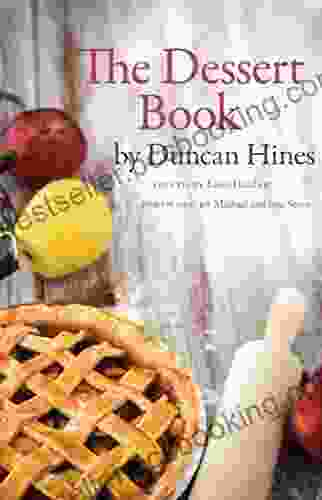
 J.D. Salinger
J.D. SalingerThe Quintessential American Cook: A Culinary Journey with...
Prologue: The Man...

 Franklin Bell
Franklin BellIntroducing Romanticism: A Literary Guide to the Romantic...
Romanticism was a...

 Denzel Hayes
Denzel HayesThe Untold And Inspiring Story Of Eric Liddell Hero Of...
The Olympian Who Defied...
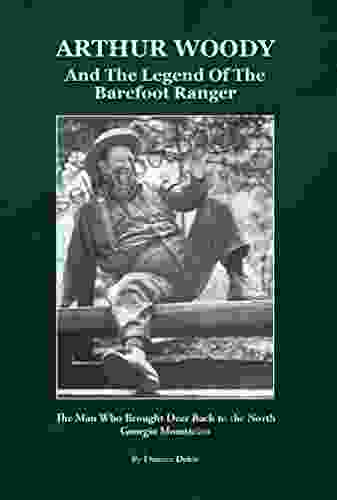
 Oscar Wilde
Oscar WildeDiscover the Enchanting Adventure of Arthur Woody and the...
Immerse Yourself in a World of Mystery,...

 Fernando Bell
Fernando BellAlibaba: The House That Jack Ma Built
The Rise of the Chinese E-Commerce Giant ...
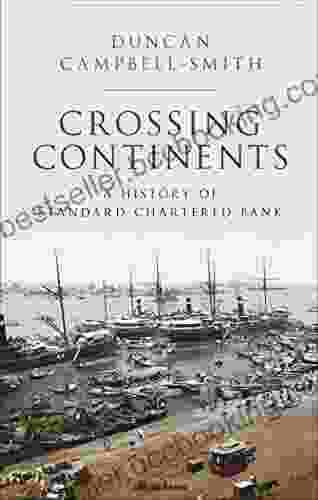
 Leo Tolstoy
Leo TolstoyCrossing Continents: A History of Standard Chartered Bank
By John M. Smith Crossing...
5 out of 5
| Language | : | English |
| File size | : | 14739 KB |
| Text-to-Speech | : | Enabled |
| Screen Reader | : | Supported |
| Enhanced typesetting | : | Enabled |
| Word Wise | : | Enabled |
| Print length | : | 224 pages |
| Lending | : | Enabled |


